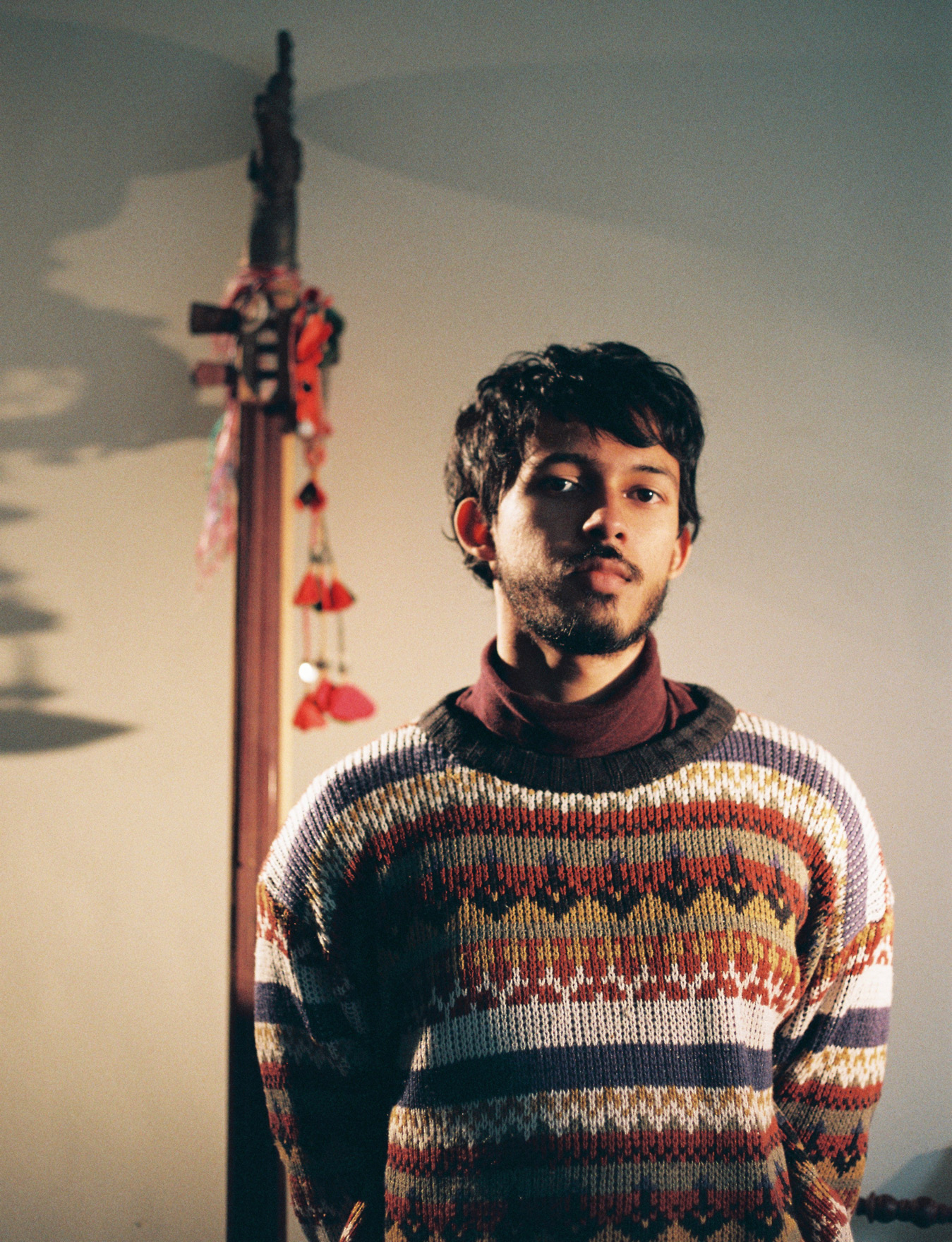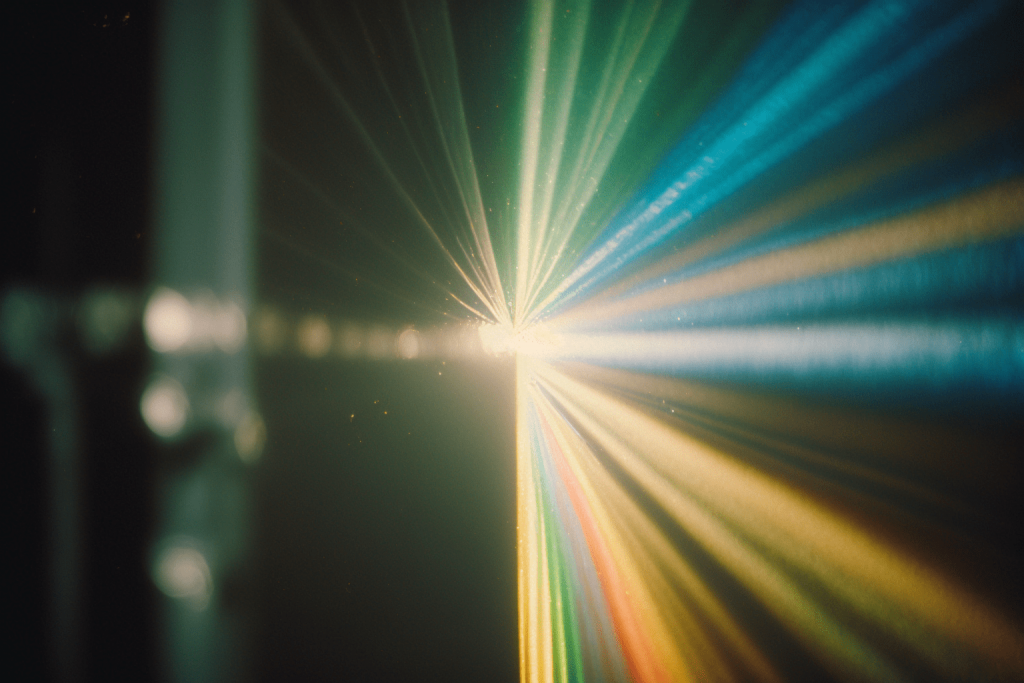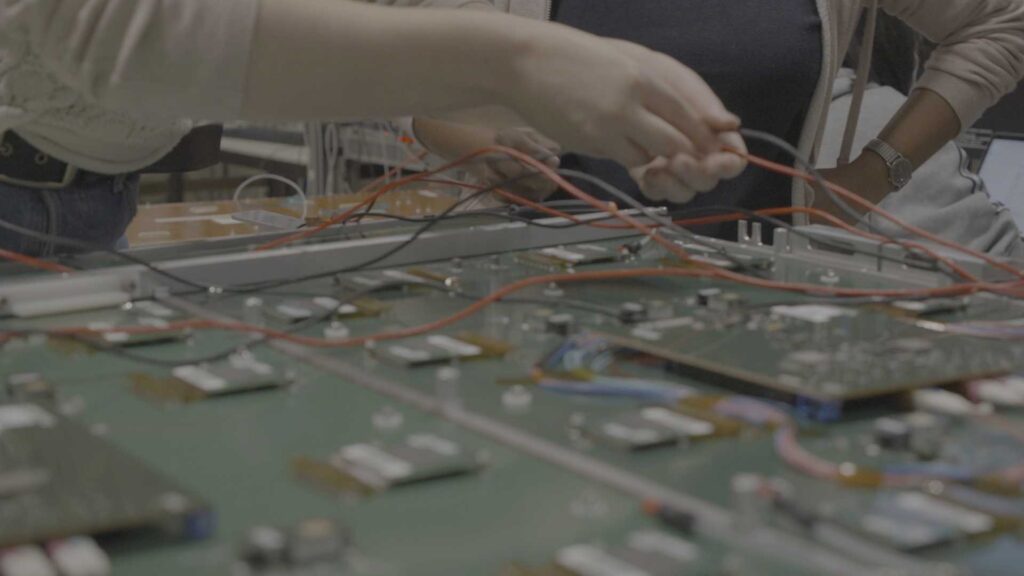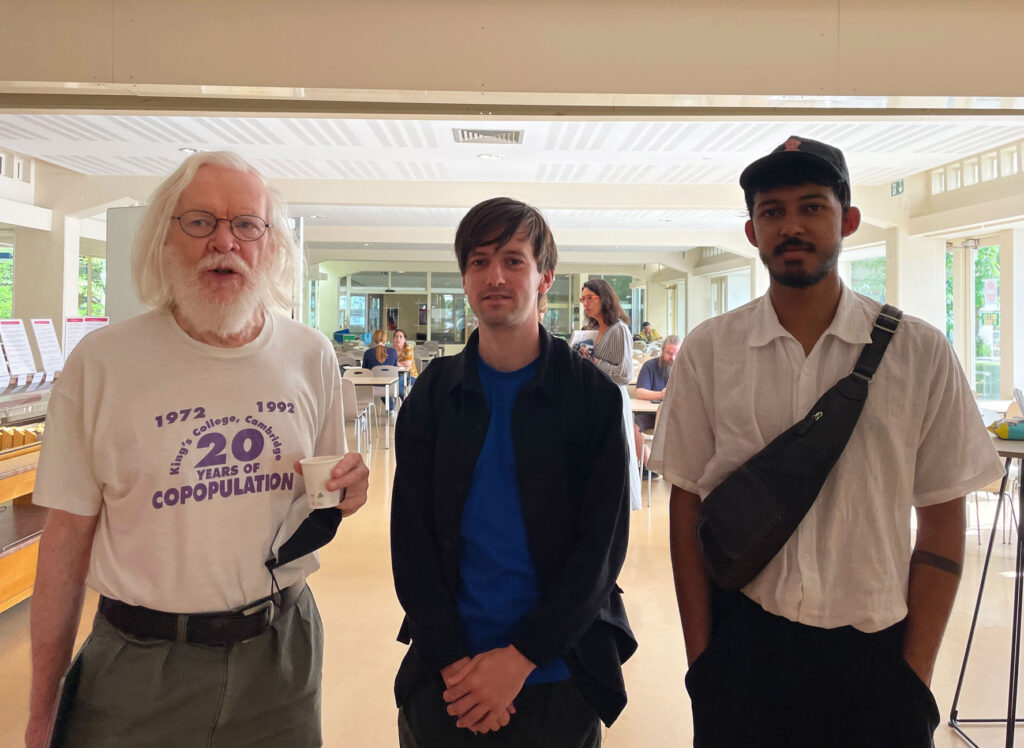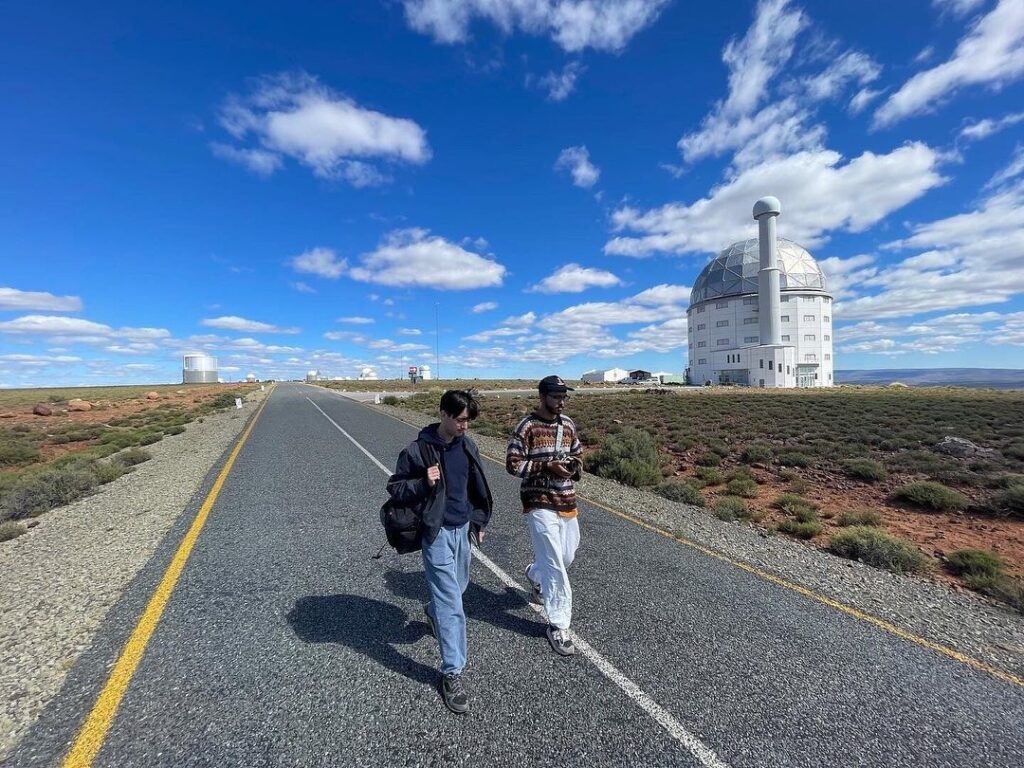- Author
- Ana Prendes
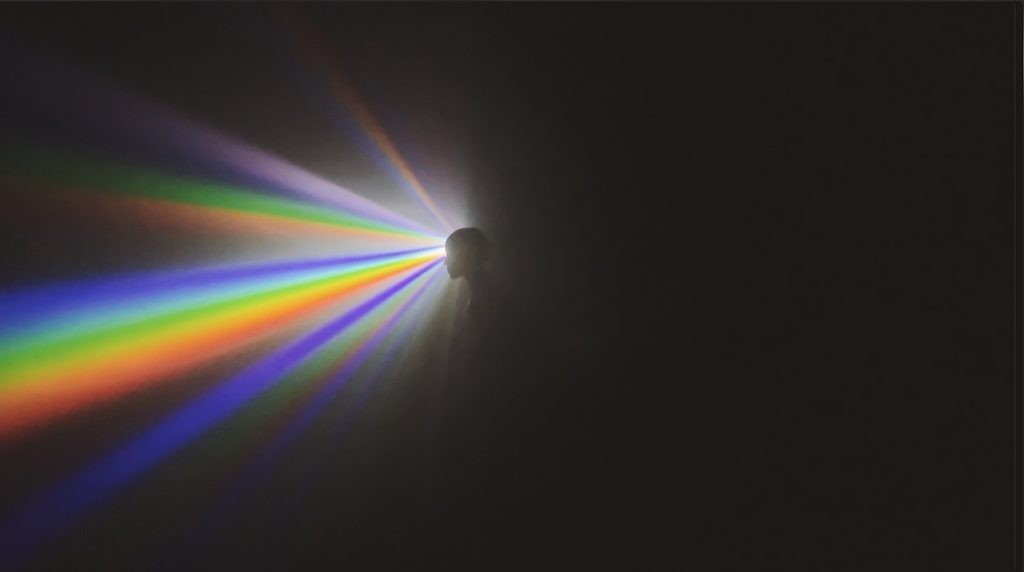
Resulting from his residency at CERN, SAAO, and SARAO, Hassim’s Event Horizon II is on view at —defunct context’s Prototype Pavilion at the University of Cape Town
The event horizon marks the boundary of a black hole: the threshold beyond which nothing, not even light, can escape. It is a point of irreversible disappearance, where gravitational force exceeds all resistance. Within this framework, the information paradox raises a profound contradiction: while quantum mechanics insists that information can never be destroyed, general relativity suggests that anything crossing the event horizon vanishes from the observable universe. The holographic principle, proposed as a resolution to this tension, posits that all information contained within a volume of space may be encoded on its surface. From this perspective, the universe might function like a hologram, with three-dimensional information projected onto a two-dimensional surface.
During his Connect South Africa residency, Hassim expanded his artistic inquiry into the nature of information and how it circulates through physical, social, and cultural systems. In dialogue with physicists and astronomers from CERN, the South African Astronomy Observatory (SAAO), and the South African Radio Astronomy Observatory (SARAO), his research drew together insights from fundamental physics, modern African astronomy, and ancient indigenous cosmologies.

Event Horizon II unfolds in –defunct context’s experimental exhibition space Pavilion Prototype 2 U406, an experimental exhibition space at the University of Cape Town, with the support of the South African Astronomical Observatory and Iziko Museums.
In this second iteration, defunct astronomical lenses are repurposed to manipulate light and perception, creating immersive environments where physical experience becomes central to understanding. The installation foregrounds ‘embodied knowledge’, a mode of learning that emphasises sensory and emotional engagement over abstraction. This aligns closely with many indigenous epistemologies, which hold that knowledge must be lived and felt in order to be fully apprehended. By engaging viewers sensorially and emotionally, Event Horizon II invites a different kind of cognition: one that resists the dominance of disembodied reason and acknowledges the situatedness of perception.
The behaviour of prismatic light – where specific wavelengths reveal themselves only at particular angles – ensures that no two observers see the same image, despite witnessing the same event. This optical phenomenon echoes a fundamental principle in quantum physics and a foundational belief in many indigenous cosmologies: that observation is an active act and reality itself emerges in relation to the observer. By aligning these perspectives, Event Horizon II opens a space for dialogue across disciplines and worldviews to propose a more pluralistic understanding of science, perception, and our place in the universe.
Event Horizon II runs through 6 June, accompanied by the sonic improvisations of composer and guitarist Reza Khota.
This exhibition results from Kamil’s Connect South Africa residency at CERN, SAAO Astronomy, and SARAO. Connect South Africa is part of Connect, the collaboration framework between Arts at CERN and the Swiss Arts Council Pro Helvetia that serves as a platform for dialogue between artistic and scientific communities worldwide.


